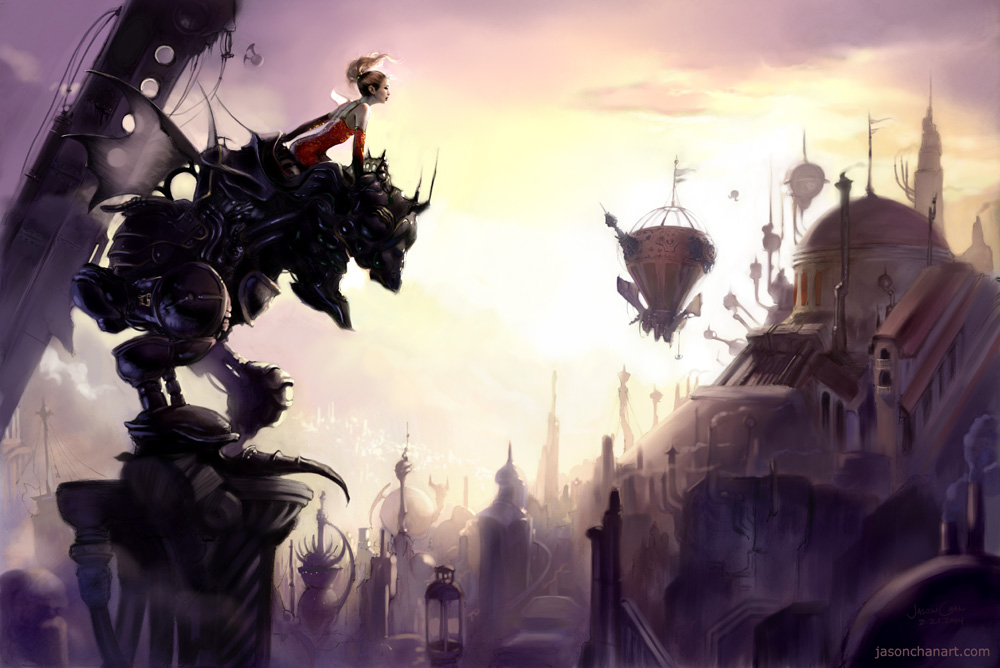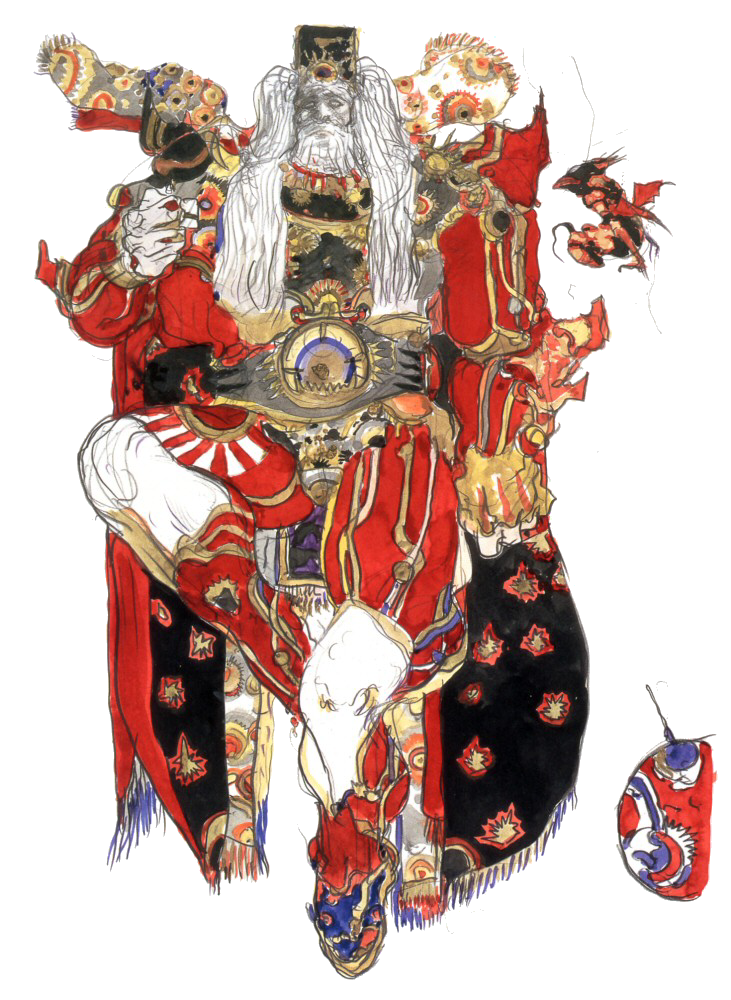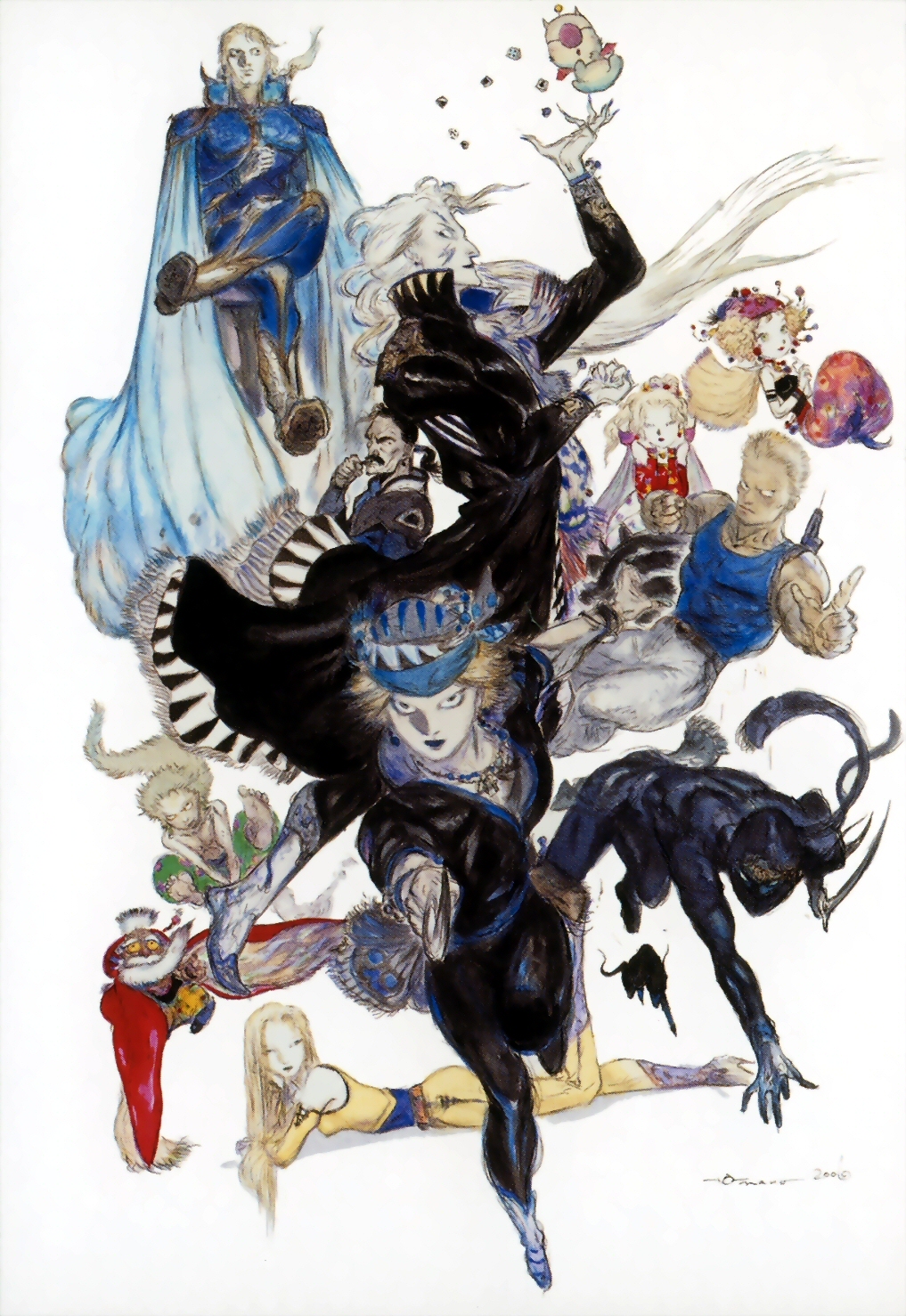RetroGaming: Final Fantasy VI
Lately, even with the number of games I still have to finish, there are just some of those old games that compel me to replay over and over again. Final Fantasy VI would be one of them.
THE BACKGROUND

Final Fantasy VI is only one of the many Final Fantasy titles developed by Square Co. (now known as Square-Enix). It is the third FF game that was translated to English and released in North America, though technically it's the sixth in the series. While there hasn't been a complete re-do of the game graphics, it has been re-released in several later consoles and remade due to its popularity. In fact, FFVI even got a remake for the Android and iOS devices!
Story-wise, it follows a similar pattern found in any Final Fantasy game: an evil entity threatens to bring the world to ruin, so it's up to a cast of characters to thwart this maniacal plan and save the world. Sometimes this is not so easy, considering FF games tend to unravel like Joseph Campbell's "Hero's Journey," where most characters try and fail and try and fail again before they end up succeeding. In FFVI's case, this is true for most of the characters, and, in fact, they've managed to fail so much that the world is brought to ruin, only for the heroes to save it entire by the end (or so that's the goal).
THE PLOT

FFVI focuses on a turbulent, largely magic-less world (a steampunk world, if you must know), where the Gestahlian Empire rules supreme with their magic-imbued machinery, and the Returners--a rebel group--are set to oppose them. In comes Terra Branford, a "witch-woman," whose natural ability to cast magic becomes considered the main key in turning the tides of conflict. While Terra does not know where this magic comes from initially, it becomes apparent that she is a child of the current world and the magical world, and while the Empire seeks to control her, it is the Returners that Terra eventually joins in order to save the magical beings like her.
Short of spoiling the story, I'll just say that there's a whole lot more going on than the typical "save-the-world" shenanigans. I mean, what kind of old Final Fantasy game wouldn't have subplots and mini character-development stories?
THE WORLD

What is great about the old FF games is the fact that they're as close to an "open world" as they could have managed at the time. While the main plot looms over the world, it is by far not something you have to do immediately. In fact, if you want a general "completion" to the storylines, you really want to meander through the rest of the world to get the unique dialog and story for certain characters and places.
There is also the fact that the world doesn't stay the same. At a certain point, it changes so that if you didn't pick things up in the previous world, it may or may not be missable by the time you make it to the second world. That means that neurotic people like me tend to prevent the plot from continuing only so that we can get as much as we can from the first world.
THE MUSIC AND DESIGN

Nobou Uematsu was the composer of the FF series, most notably the first Final Fantasy up to and including FFIX (arguably, he also did compositions for FFX and up, including the FFVII: Advent Children movie, but some of those were collaborations). Music becomes an extremely important portion of the old games, namely because there is a lot of repetition in certain places. If you have to repeat things, the music really should be enjoyable enough that it isn't a big deal when you're fighting the same monsters over and over again. And, to top it off, there's even a portion in FFVI where an operatic scene takes place, which, by the way, was supremely epic.
Another franchise regular was Yoshitaka Amano, who designed the characters from FF to FFVI. While he has also done some illustration and artwork in later FF games, his stunning ethereal character designs are found at its best in FFVI. Both villains and main characters were subject to the "Amano" touch, a style that imbues smooth, flowing lines that differ from many of the Japanese designers of today. (On a related note, I found a huge book of his artwork floating around in a Barnes and Noble...I almost bought it until I looked at the sale price...).
THE CHARACTERS

What really is most interesting about FFVI and what sets it apart from its predecessors and successors is its large array of playable characters. In fact, the ensemble goes up to 14 possible playable characters, at least eight or nine crop up during the main storyline, and the others have such colorful side stories that it would be a great shame to pass them up. All in all, the characters (excepting one or two, in my opinion) have unique skills that turn them into valuable members in your team, and some of them--Terra, Celes Chere, and twin brothers Edgar and Sabin Figaro --are darn near impossible to skip over because they're absolute powerhouses.
It's also important to note that while the player is introduced to Terra early on, she is by far not the main character. She is a main character, and technically, she is completely optional to re-recruit by the end of the game (as is everyone except Celes, Edgar, and Setzer Gabbiani). Of course, it's highly unlikely that you would survive and finish the game with a minimal three characters (honestly, I prefer taking Locke with me just to steal things...), but if you're pressed for time or really dislike some characters, you are by no means forced to bring them along with you. If only this happened in other FF games as well (I'm looking at you, Final Fantasy VIII!).
Honestly, I could probably go on and on about Final Fantasy VI, but I'll stop here, because I'm going to go play it now.






